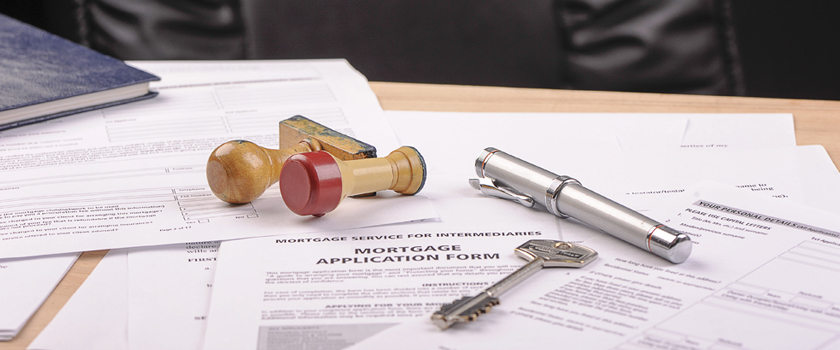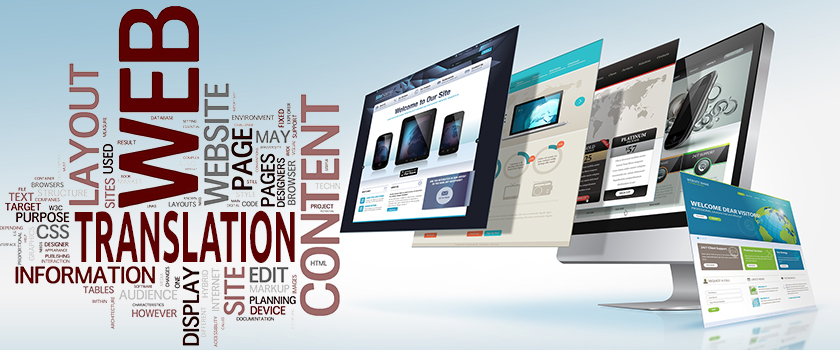2025 Offer Request a Quote Today and Grab a $50 Coupon for Free!
Healthcare technology has drastically changed how medical facilities operate. However, implementing this technology is quite a painstaking process. You need to plan things carefully and progressively implement them.
The complexity of this process increases manyfold if the tools are available in a foreign, non-native language. These tools could be medical devices, patient-facing mobile apps, IT systems for healthcare management, and more.
If we just look at the impact of technology, it has impacted almost every facet of the medical industry. But there is a challenge. As international care providers look to use the latest tech tools in their jobs, they face linguistic hurdles. Therefore, medical software translation becomes essential.
Because a well-translated healthcare product can help reduce treatment costs, improve preventive care, further patients’ quality of life, and more. On the other hand, if medical software involves sloppy translation, it can lower healthcare quality and risk human lives. Thus, the quality of healthcare translation is very important.
In this write-up, we’ll dive into medical software translation, what it involves, and the top challenges it presents.

Medical software is a tech tool designed specifically for medical and healthcare professionals. The goal of creating medical software is to facilitate and support professionals in their daily activities.
The different types of medical software are as follows:

Translation of software applications lets users with different linguistic and cultural backgrounds access and use the software. The components involved in the translation of a piece of software are as follows:
Your focus is to assist foreign audiences in understanding the features and functionalities of your software. For this, you may need to provide tips, explanations, instructions for use, and troubleshooting info in several languages. Thus, it’s important to translate all materials that assist users in using your software. For instance, it could be tooltips, help sections, and more.
The user interface (UI) includes buttons, labels, menus, and various other elements visible on the interface of the software. Thus, if you want your multilingual audience to easily interact with your software, translation of your UI elements becomes vital. Users must be able to see all this information in their native language.
Most medical software systems include certain kinds of medical terms related to various conditions, diseases, treatments, and procedures. If you don’t translate these terminologies, you can’t say that the functionality of your software will be clear and precise. Thus, medical terminology translation is important.
Other documents that need translation for medical software include user manuals, packaging & labeling manuals, and installation documents, among others. By providing this information in different languages, your global users will know how to use your software effectively.
Medical software usually generates various notifications, alerts, and warnings. These could be alerts related to abnormal test results or medication reminders, to name a few. Remember this is important information and users need to get it in their desired language.
If your software will be available to users in different countries, it should comply with local regulations. Therefore, it’s important to translate legal disclaimers, consent forms, and other compliance-related text. When such important documents are involved, it is important to hire professional regulatory translation services.

Medical software translation needs to be precise and accurate. The level of precision and accuracy required is so high that you can’t completely delegate your translation work to machines. Wonder why? Machine translation has a lot to improve especially when it comes to the context of the information. Since machines cannot fully understand the context, the final translation can have mistakes and fluency issues. Therefore, if you want to ensure an error-free translation of your medical software, it’s good to rely on translation agencies with human translators.
Here are some typical challenges that arise when you need medical software app translation.
Medical software translation is a type of medical translation that involves many lives and professional careers. So, it must be correct all the time.
However, the documents required for medical software include specific medical language and terminology. Any generalist translator would be unable to manage them effectively and accurately. Due to this factor, you need to have experts on your side who know the medical industry and what language it uses.
If your translation team does not include linguists with primary expertise in your subject matter, they will make your text unclear and inconsistent. Therefore, you always need to hire translators with relevant experience in your domain. The experts you choose should be the ones who keep tabs on all the latest in medical software.
Only this way can you ensure that your technical jargon is conveyed faithfully and retains the original message. Otherwise, your documents will not be of much help to doctors and nurses who use your software to provide care.
The documents involved in the translation of medical software are often sensitive. As a healthcare service provider, it’s your legal obligation to address the privacy concerns of your patients. Therefore, you can’t entrust your project to anyone. It becomes critical to find a medical document translation partner that adheres to confidentiality requirements during translation.
For use in different countries, your software must meet various compliance regulations. But the issue is, different countries and states have different laws and regulations for medical software. You will need medical software translators who don’t have just linguistic fluency but understand the compliance requirements of different cultures and nations. Thus, it becomes quite tricky to find the right medical translation company.
Mars Translation is a top provider of first-rate medical translation services designed especially for pharmaceutical companies, medical device manufacturing organizations, CROs, and more. Our medical translation team has many years of experience in translating medical software and apps. This gives us the confidence to handle your software translation needs in a fast and professional way.
So, Are You Ready To Talk? Contact Us Now!

Language variations are quite noticeable every few miles, reflecting the unique identity of each region. Talking about India, the country
Read more
The term ‘woke’ has come from the black culture and now it has been removed from its origin after it
Read more
Mars Translation provides high quality and professional Certified French Translation Services all over the world. We have a team of
Read more
Mars Translation provides one of a kind professional Chinese Document translation services all over the world. All of MT’s translators
Read more
MarsTranslation provides one of a kind Chinese Legal Translation Services. We have a team of native Chinese linguist who specialize
Read more
Chinese Certified Translation services is one of the most asked for service at MarsTranslation. We believe in providing quality services
Read more
Mars Translation is one of the fastest growing companies in the translation industry. This is the reason why we pay
Read more
MarsTranslation has a huge team of website translation specialists in more than 230 languages. Our translators are constantly supported by
Read more
Mars Translation provides high quality and professional Certified Spanish Translation Services all over the world. We have a team of
Read more

